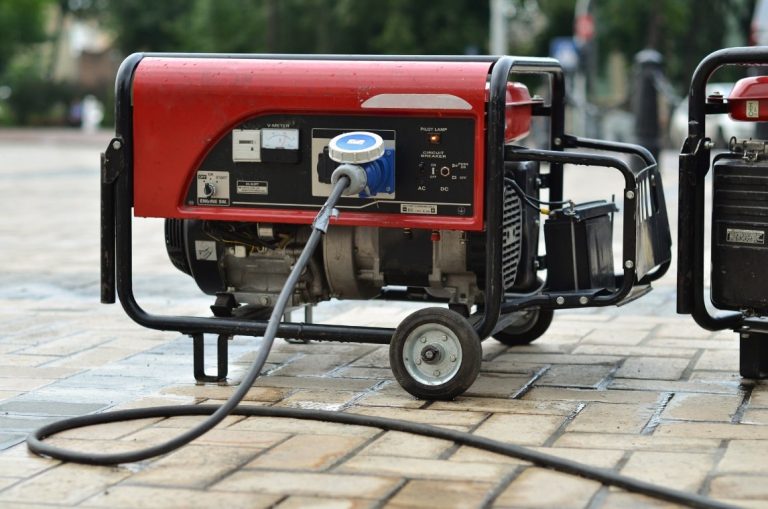
Total Stations Precision Instruments for Surveying and Construction
Total stations are advanced surveying instruments that combine the functions of a theodolite and an electronic distance meter (EDM). They are widely used in various fields, including construction, engineering, and land surveying, to measure distances, angles, and elevations with high accuracy.
Components of a Total Station
A typical total station consists of the following components:
- Telescope: A high-precision optical instrument used to sight on targets.
- Electronic Distance Meter (EDM): Measures the distance to a target using laser or infrared technology.
- Keyboard and Display: A keypad and screen for entering data and viewing measurements.
- Data Storage: Internal memory or external storage for storing survey data.
- Tripod: A stable base for mounting the total station.
Applications of Total Stations
Total stations are used for a variety of tasks, including:
- Topographic Surveys: Creating detailed maps of the earth’s surface.
- Construction Layout: Establishing reference points and setting out the layout of buildings and structures.
- Property Surveys: Determining property boundaries and areas.
- Engineering Surveys: Gathering data for engineering projects, such as road construction and bridge design.
- Archaeological Surveys: Mapping and documenting historical sites.
Benefits of Using Total Stations
- Accuracy: Total stations provide highly accurate measurements, essential for many surveying and engineering tasks.
- Efficiency: They can significantly improve efficiency by automating data collection and processing.
- Versatility: Total stations can be used for a wide range of applications, making them a valuable tool for professionals in various fields.
- Data Integration: Modern total stations can be integrated with other surveying equipment and software, allowing for seamless data collection and analysis.
In conclusion, total stations are indispensable tools for surveying and construction professionals. Their accuracy, efficiency, and versatility make them a valuable asset for a wide range of applications.







